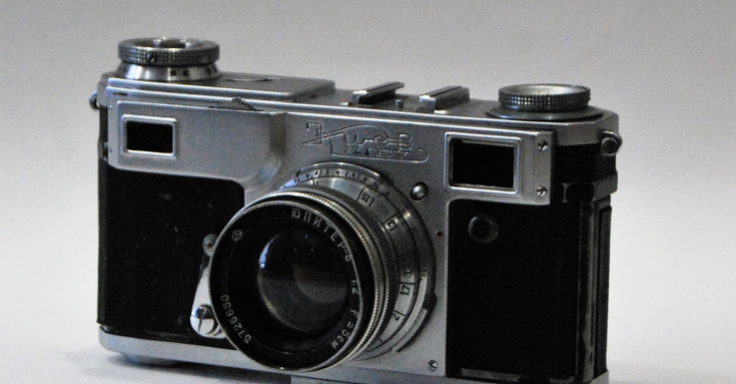
Camera "Kiyv 4A"
Inventory number: ПИТ-81
Number in the State Catalogue: 10546623
Our collections are, by all means, the most remarkable part of what we do here: they define our research work, exhibitions, and educational activities.
Our museum is special because our collections contain immovable items: they are the monuments that have etched the local history in stone and brick. The museum is located on the territory of the former Kemerovo Coal Mine. Generally speaking, our museum is based on the mining heritage from two epochs: the Kopikuz Company and the Autonomous Industrial Colony "Kuzbass". Thus, our narrative tells the story of these two organizations and the people that built them.
Our first collections appeared as early as in 1991, when the museum was opened. Originally, our main thematic area featured the historical roles of the Kemerovo Mine, Kopikuz, and AIC Kuzbass in the industrial development of the region.
However, it turned out that it was impossible to limit the collections by the single story of first city-forming industrial enterprise, the Kemerovo Mine, since it was inextricably linked with the history of Kemerovo.
In the early XX century, the Kemerovo Mine was the main innovation platform: it set up the industrial, agricultural, and architectural development of the city. The mine and the coke plant were a single industrial complex. The complex turned several loose rural settlements into a modern industrial city, which got its name from the Mine. Similarly, the lives of all those people who donate their private collections to the museum were connected not only with the Mine, but with the whole city. As a result, our collections document the whole kaleidoscope of our urban history.

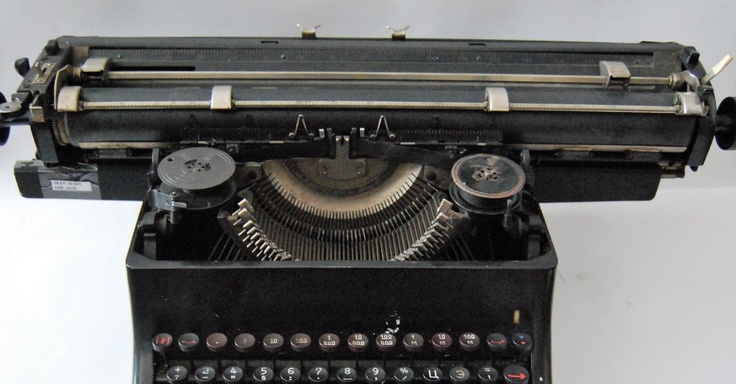
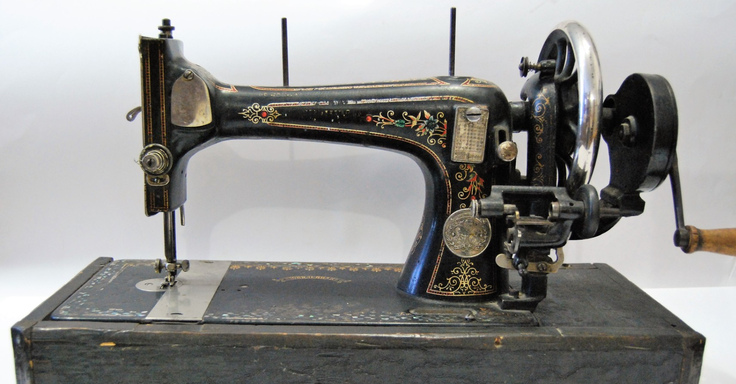
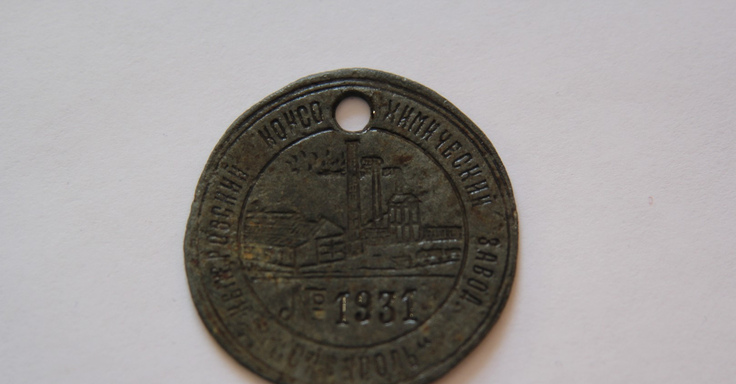
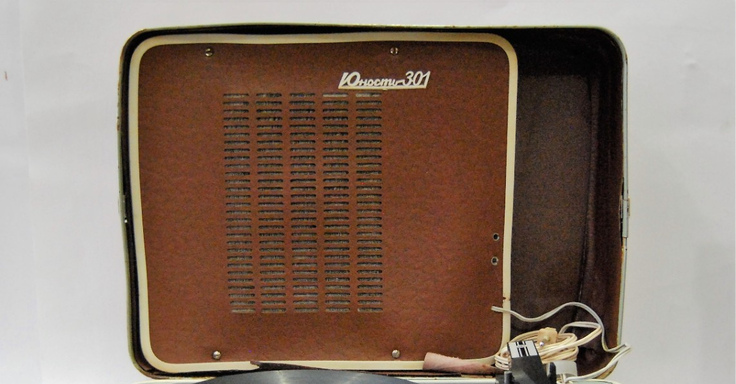
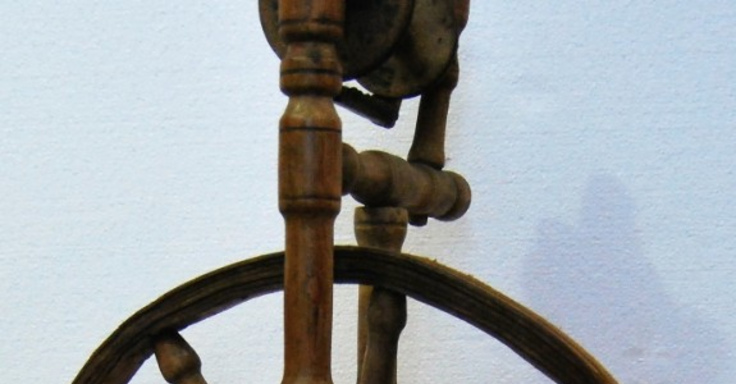
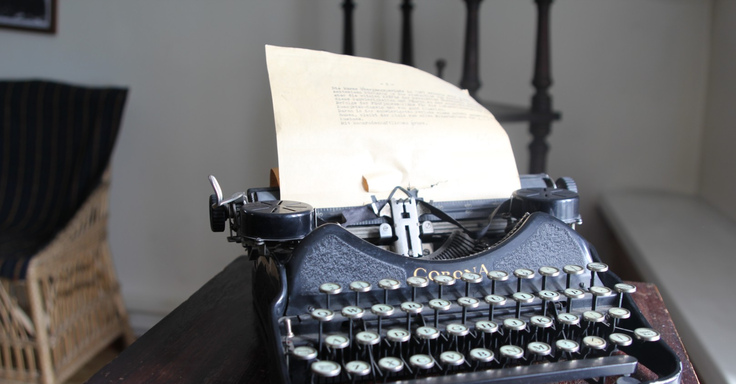
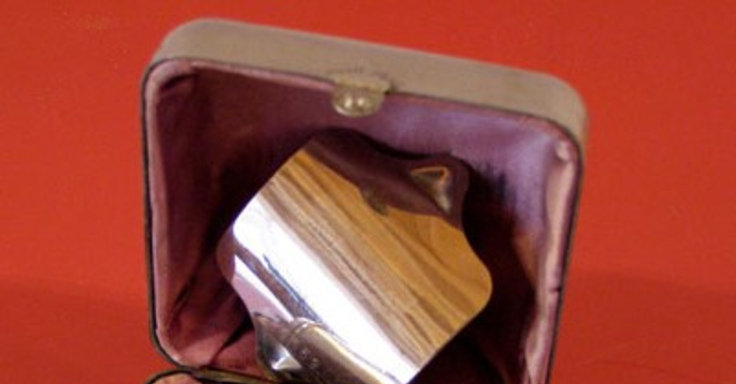
This is our most valuable collection since it is of all-Russian and even world value. AIC Kuzbass was a unique international organization that worked in Kuzbass in the 1920s. The unique character of the experiment gives its story a great international significance. Our museum was created on the basis of several AIC monuments; hence, our main objective is to collect as many AIC-related materials as possible.
It is not an easy task since the descendants of the colonists are scattered all over the world. Much of the items came from the USA and the Netherlands. However, most genuine museum exhibits came from those colonists who stayed in Russia, and their descendants.
The AIC Kuzbass collection consists of documents, photographs, books, personal belongings, and tools that the colonists brought from home. Besides, we were donated some examples of the unique currency that was issued by the Colony. The technical archive of the chemical plant gave us a large collection of authentic technical drawings from that period.
Some photos and documents are represented by their copies. Their originals can be found in the leading archives of the world (Library of Congress, National Archives of the United States, Stanford University in California, Hoover Archive, Institute of Social History and Archives of Amersfoort in the Netherlands, UK University Libraries, Canadian University in Halifax, etc.).
In 1912-1919, the Joint-Stock Company Kopikuz industrialized Kuzbass and attracted foreign capital and the best specialists from abroad and other parts of Russia. Several buildings of that period are recognized as monuments of mining and industrial heritage. It was difficult to compile this collection because of the time gap and a lack of documentary sources, which did not withstand the turbulent revolutionary years. However, the chemical plant was once again able to supply us with a collection of technical drawings from that period.
Our collection boasts extremely rare shares and money tokens issued by the Kopikuz and the Kolchuginskaya Railway Company. The main part of the Kopikuz collection is represented by copies, the originals being stored in the archives of other Russian cities. For instance, some digital copies of documents and drawings were brought from the archives of Barnaul and Tomsk. As a result of cooperation with Ugol S, which conducted a study on Kopikuz, the museum received paper copies of documents from the Russian State Archive of St. Petersburg.